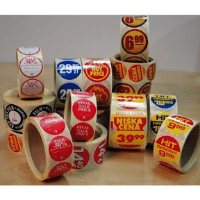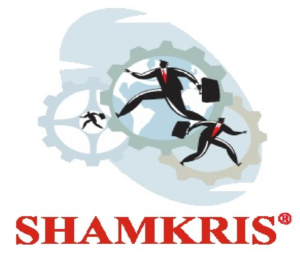Printing Industry
Printing Industry?
Printing means to produce reproductions of written material or images in multiple copies. There are four traditional types of printing: relief printing (with which this article is mainly concerned), intaglio, lithography, and screen process printing. Relief printing encompasses type, stereotype, electrotype, and letterpress. Flexographic printing is a form of rotary letterpress printing using flexible rubber plates and rapid-drying inks.
Printing is a process for mass reproducing text and images using a master form or template. The earliest non-paper products involving printing include cylinder seals and objects such as the Cyrus Cylinder and the Cylinders of Nabonidus. The earliest known form of printing as applied to paper was woodblock printing, which appeared in China before 220 AD for cloth printing.
However, it would not be applied to paper until the seventh century. Later developments in printing technology include the movable type invented by Bi Sheng around 1040 AD and the printing press invented by Johannes Gutenberg in the 15th century.
The technology of printing played a key role in the development of the Renaissance and the Scientific Revolution and laid the material basis for the modern knowledge-based economy and the spread of learning to the masses.
Printing

Printing of newspapers

Other printing

Pre-press and pre-media services

Binding and related services

Reproduction of recorded media
Role of Shamkris
A Project Report is a document that provides details on the overall picture of the proposed business. The project report gives an account of the project proposal to ascertain the prospects of the proposed plan/activity.
Shamkris will provide a Project report covering Industry License requirements, competitor analysis, Land requirements, machinery requirements, equipment requirements, and financial requirements.
Some of the areas covered in the project report are outlined below:
- Introduction
- Project Description
- Uses and Applications
- Market Survey
- Raw Materials
- Manufacturing Process
- Process Description
- Process Flow Diagram
- Plant Layout
- Details of Plant & Machinery
- Suppliers of Raw Materials
- Suppliers of Plant & Machinery
- Plant Location Factors
- Land & building Required
- Power and Water Required
- Details of Manpower Required
- Financials of the Project
- License and application Certificate
Financials of the Project includes:
- Land and Building Costs
- Plant and Machinery Costs
- Other Fixed Assets
- Fixed Capital Investment
- Raw Material Costs
- Salaries and Wages
- Total Working Capital
- Cost of Project
- Total Capital Investment
- Cost of Production
- Turnover per Annum
- Profitability Analysis
- 5-year Profit Analysis
- Break-even Point
- Resources of Finance
- Cash Flow Statement
- Projected Balance Sheet
FAQ
The Printing industry’s long-term struggles continued over the five years to 2021 as digital products and services have increasingly displaced traditional printed materials. … Amid this trend, industry revenue has declined at an annualized rate of 3.1% to $75.3 billion, including a decline of 2.0% in 2021 alone.
In 2020, the Global Commercial Printing Market had a value of $411.99 billion. By the end of 2026, it is estimated to value $472.35 billion, with a CAGR of approximately 2.24% in 2021-2026.
